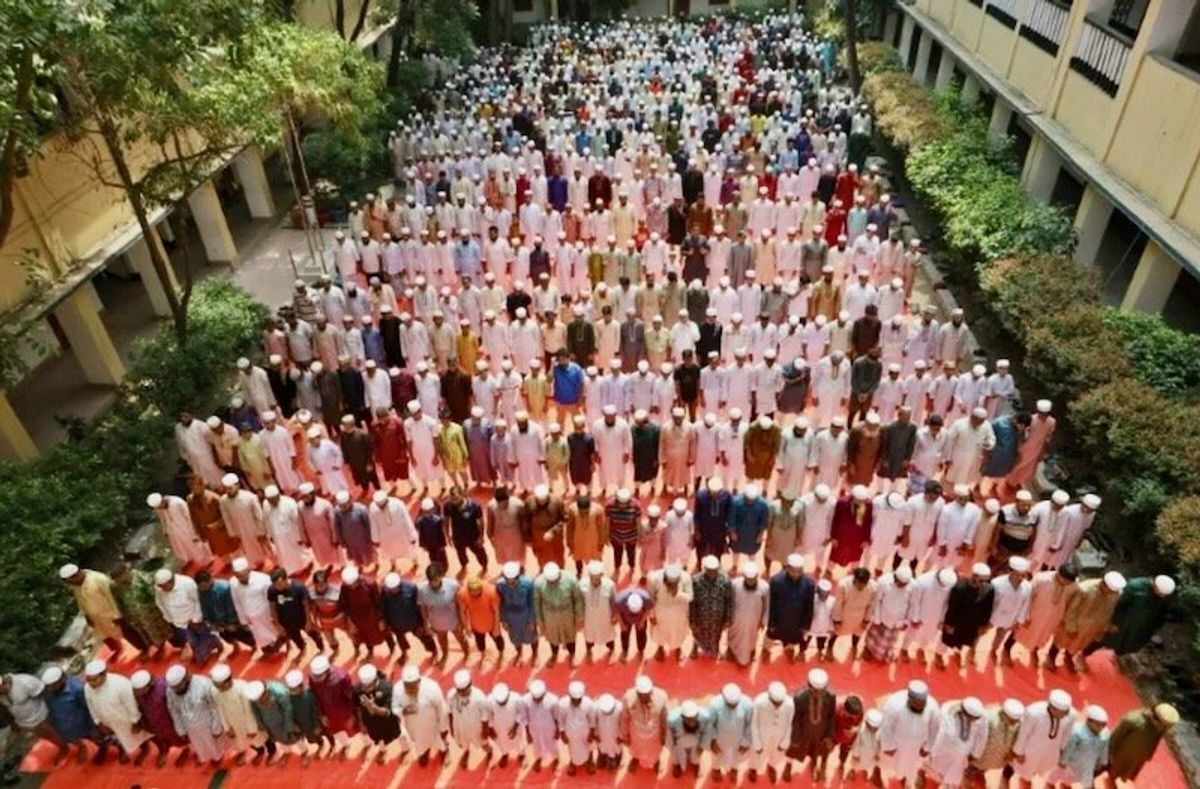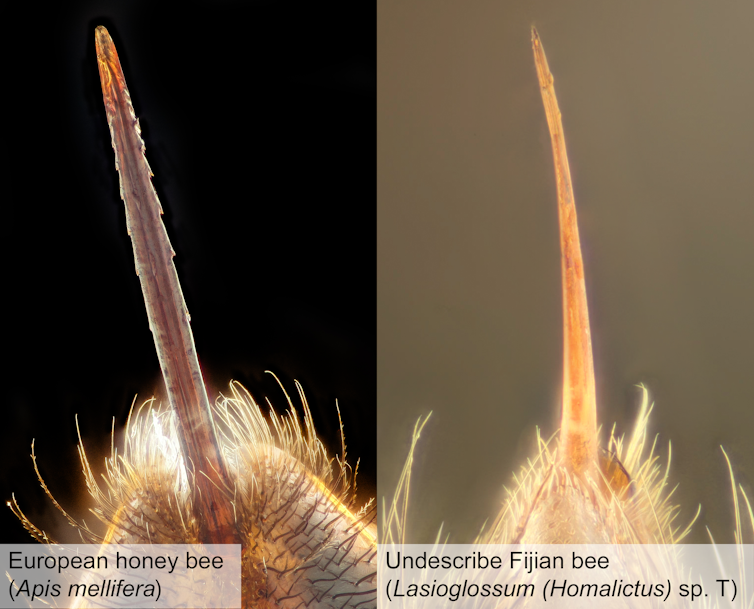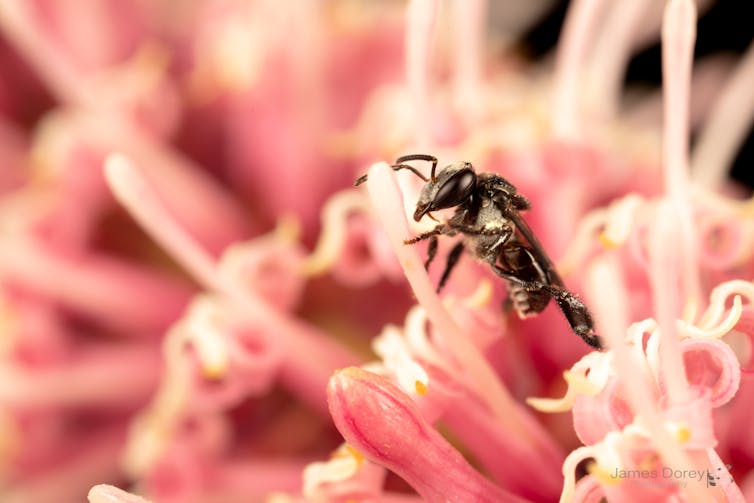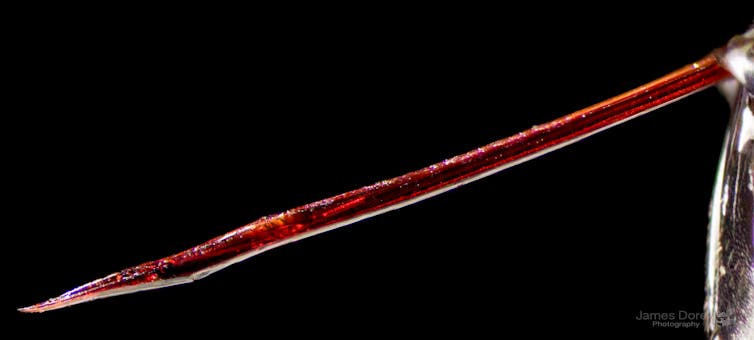Kathleen Culliton
April 24, 2024

Donald Trump gives former Japanese prime minister Taro Aso
a ceremonial “key to the White House” on April 23. (Trump campaign)
Former President Donald Trump received a digital tongue-lashing Wednesday after a post-hush money trial photo-op saw him hand Japan's former prime minister a White House "key."
Trump invited Taro Aso to Trump Tower's golden lobby on Tuesday, just hours after he left Manhattan's criminal court, to present his guest with a golden key.
The resultant photo — which shows Trump and Aso, the deputy head of Japan’s ruling Liberal Democratic Party, beaming into the camera — caused NBC executive Mike Sington to raise the proverbial eyebrow on X.
"Not sure what gives him the right to do this," Sington wrote. "Probably Citizen Trump once again pretending to be President."
Sington was hardly alone.
"Did he steal that key?" replied @SojournadaTruth. "Only a lunatic like Trump would do this."
Trump's New York City trial — in which he stands accused of falsifying business records to hide hush money payments ahead of the 2016 presidential election — is one of three in which prosecutors contend he broke the law to claim residence at 1600 Pennsylvania Ave.
While Manhattan District Attorney Alvin Bragg focuses on Trump's initial White House bid, special counsel Jack Smith and Fulton County District Attorney Fani Willis levied charges linked to the 2020 loss he baselessly has claimed was a victory.
This contention spurred much mockery from those who saw Trump handing out the White House "key."
"Still pretending to be president," replied William Buecker. "This is actually kind of sad."
"He will never let go," added X user CarrieT. "He believes he is president for life."
Another viewer poked fun at Trump's recent bids to funnel funds into dwindling campaign coffers that have included selling $59.99 Bibles and $399 golden sneakers.
Replied X user Covfefe — also the "bizarre" Trump typo that went viral in 2017, "I’m guessing he’ll sell Trump keys soon at $39.95."
Former President Donald Trump received a digital tongue-lashing Wednesday after a post-hush money trial photo-op saw him hand Japan's former prime minister a White House "key."
Trump invited Taro Aso to Trump Tower's golden lobby on Tuesday, just hours after he left Manhattan's criminal court, to present his guest with a golden key.
The resultant photo — which shows Trump and Aso, the deputy head of Japan’s ruling Liberal Democratic Party, beaming into the camera — caused NBC executive Mike Sington to raise the proverbial eyebrow on X.
"Not sure what gives him the right to do this," Sington wrote. "Probably Citizen Trump once again pretending to be President."
Sington was hardly alone.
"Did he steal that key?" replied @SojournadaTruth. "Only a lunatic like Trump would do this."
Trump's New York City trial — in which he stands accused of falsifying business records to hide hush money payments ahead of the 2016 presidential election — is one of three in which prosecutors contend he broke the law to claim residence at 1600 Pennsylvania Ave.
While Manhattan District Attorney Alvin Bragg focuses on Trump's initial White House bid, special counsel Jack Smith and Fulton County District Attorney Fani Willis levied charges linked to the 2020 loss he baselessly has claimed was a victory.
This contention spurred much mockery from those who saw Trump handing out the White House "key."
"Still pretending to be president," replied William Buecker. "This is actually kind of sad."
"He will never let go," added X user CarrieT. "He believes he is president for life."
Another viewer poked fun at Trump's recent bids to funnel funds into dwindling campaign coffers that have included selling $59.99 Bibles and $399 golden sneakers.
Replied X user Covfefe — also the "bizarre" Trump typo that went viral in 2017, "I’m guessing he’ll sell Trump keys soon at $39.95."

















 In the last stage of the salvage, the team fix tyres and sandbags to the wreck to anchor it in place © Sai Aung MAIN / AFP
In the last stage of the salvage, the team fix tyres and sandbags to the wreck to anchor it in place © Sai Aung MAIN / AFP